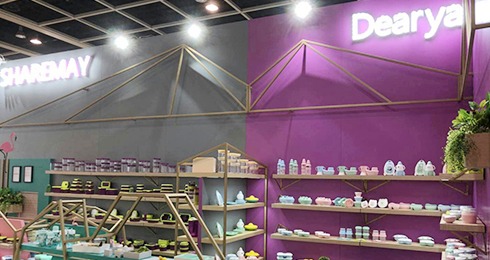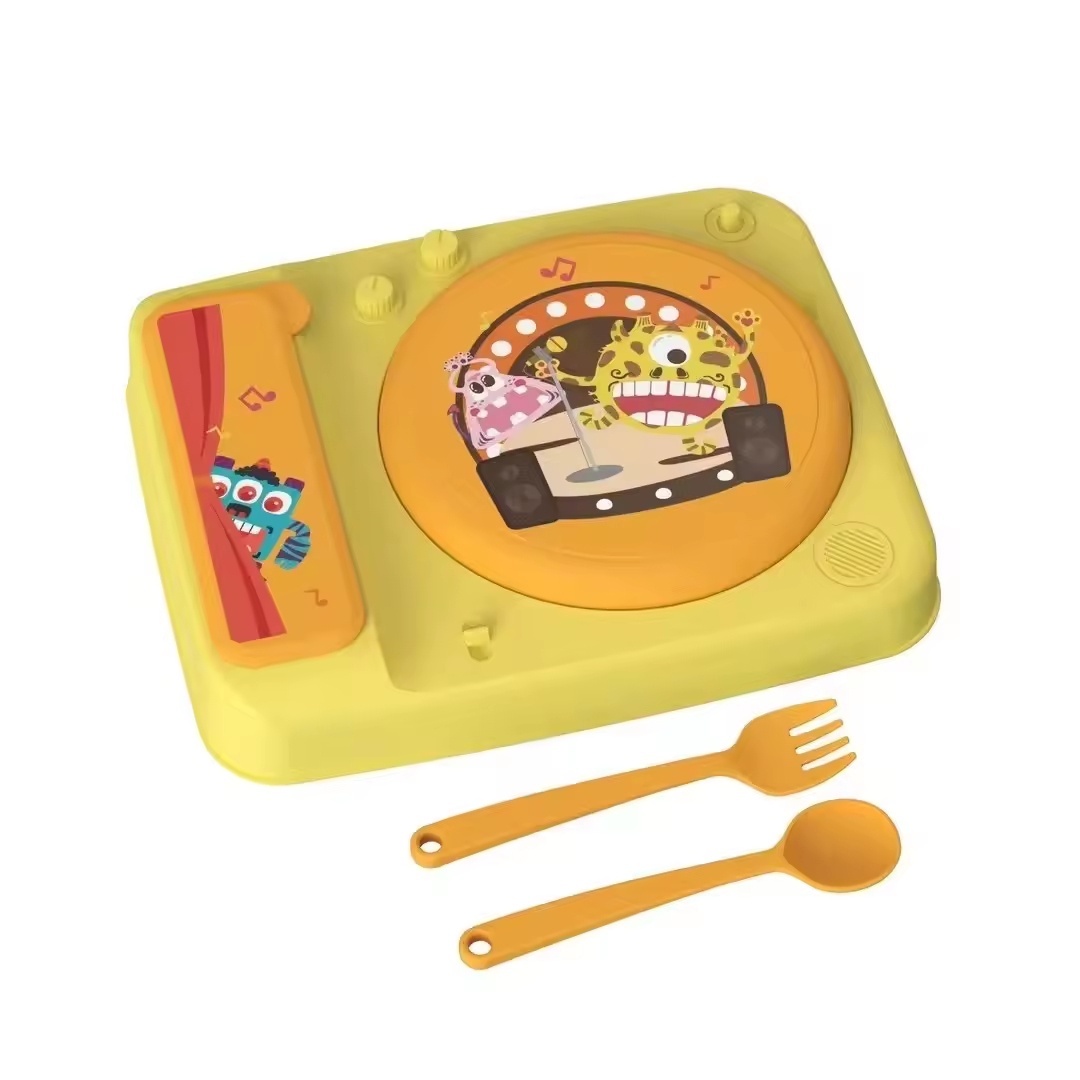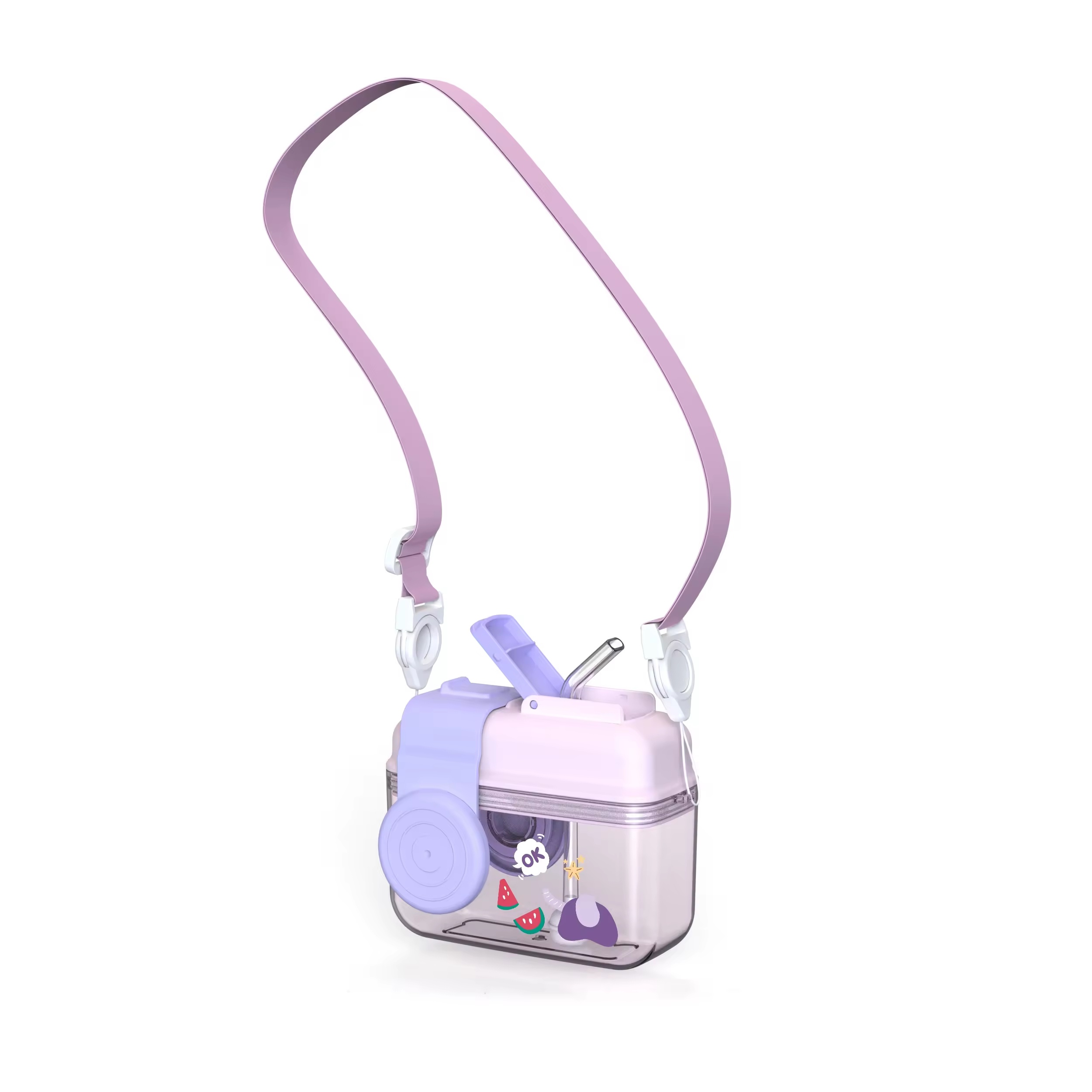2024 Children's Tableware Procurement Decision Guide
How to Choose the Right B2B Supplier for Your Brand
Executive Summary
The global children's tableware market is projected to grow at 6.8% CAGR through 2030 (Grand View Research). This guide reveals:
✅ Top 5 procurement priorities for 2024
✅ Material selection pitfalls saving $2.3M/year
✅ Certification compliance checklists for EU/ASEAN markets
✅ Supplier evaluation framework with 12 critical metrics
Part 1: 2024 Market Trends Reshaping Procurement
1.1 Sustainability Mandates Driving Material Innovation
- EU Directive 2023/182: Mandatory 30% recycled content in plastic tableware by 2025
- ASEAN Green Label: Silicone > Tritan > PP material preference shift
- Case Study: German brand reduced carbon footprint 41% via molded fiber packaging
1.2 Smart Design Features Becoming Differentiators
- Thermal regulation technology: ±5℃ temperature control in lunch boxes
- Modular components: Interchangeable cutlery systems (+27% repurchase rate)
- Interactive elements: NFC-enabled meal planners (pilot ROI 1:5.3)
1.3 Supply Chain Resilience Requirements
- Dual-sourcing strategies for critical components
- Lead time compression: 45-day standard vs 22-day expedited programs
- Real-time tracking adoption rate hitting 68% in APAC
Part 2: Critical Decision Criteria Matrix
| Factor | Weighting | European Buyers | ASEAN Buyers |
| Regulatory Compliance | 28% | REACH/FDA | ASEAN Food Act |
| Customization Flexibility | 22% | MOQ ≥5,000pcs | MOQ ≥1,000pcs |
| Lead Time | 19% | DDP preferred | DDU flexible |
| Unit Cost | 17% | €0.8-1.5 | $0.5-0.8 |
| Sustainability Metrics | 14% | Carbon neutral | Recyclability |
Part 3: Supplier Vetting Checklist
3.1 Technical Capabilities
- Mold library: Minimum 50+ configurable molds
- Testing protocols: ASTM F963 + EN71-3 certifications
- Tooling support: Rapid prototyping (≤7 days)
3.2 Compliance Documentation
- Required certificates:
1. FDA 21 CFR 175.300 (Food Contact) 2. EU EN 71-3 (Migration Test) 3. ISO 22000:2018 (Food Safety)- AQL 2.5 inspection standards
3.3 Service Reliability
- Emergency order handling: 3-day rush production capability
- Logistics solutions: Multi-modal transport optimization
- After-sales: Product liability insurance ≥€2M
Part 4: Cost Optimization Framework
4.1 Material Cost Calculator
Total Cost = (Material Cost × 1.15) + (Mold Depreciation ÷ Order Qty) Example: Tritan cup @ €0.6/unit → Actual landed cost = €0.89/unit 4.2 Economies of Scale Breakpoints
| Order Volume | Unit Price | MOQ Requirement |
| 1,000 pcs | $1.20 | Custom |
| 5,000 pcs | $0.95 | 3 mold variations |
| 20,000 pcs | $0.78 | Shared molds |
4.3 Hidden Cost Triggers
- Freight surcharges: Ocean freight volatility buffer
- Rejection risks: 3% average rework cost in SEA factories
- Compliance penalties: Up to €50k fines for non-compliance
Part 5: Case Studies
5.1 Success Story: Nordic Baby Brand
Challenge: Reduce pack-out cost by 20% while achieving EU MDR compliance
Solution:
- Mold re-engineering using generative design
- Co-manufacturing with ISO 13485-certified partner
Result:
- Unit cost ↓ 18% (
0.75)
- 5x faster customs clearance
5.2 Southeast Asian Market Entry
Client: Indonesian ODM startup
Strategy:
- Localized design (halal-certified colors)
- Hybrid production (30% local sourcing + 70% Chinese components)
Outcome:
- Time-to-market ↓ from 14→6 weeks
- Passed BPOM certification on first attempt
Part 6: Supplier Selection Workflow
graph TD
A[Define Requirements] --> B(Material Compliance Check)
B --> C(Mold Feasibility Assessment)
C --> D(Cost-Benefit Analysis)
D --> E(Factory Audit)
E --> F(Sample Testing)
F --> G[Contract Negotiation]
G --> H[Ongoing QC]
FAQs: Procurement Leaders Ask
Q1: How to verify factory sustainability claims?
A: Request EPD (Environmental Product Declaration) with cradle-to-grave data
Q2: What's the safe lead time buffer?
A: Add 15% buffer for customs delays (ASEAN ports) + 10% for seasonal peaks
Q3: Can we use our existing molds?
A: Yes, but need to validate with our CAE simulation system
Q4: How handle design IP protection?
A: NDA + blockchain-based design timestamping
 Managing Your Baby Feeding Tableware Supply Chain from China: How to Ensure Smooth Operations?
Managing Your Baby Feeding Tableware Supply Chain from China: How to Ensure Smooth Operations?
 Negotiating Costs for Baby Plates & Cutlery with Chinese Suppliers: How Can You Get the Best Deal?
Negotiating Costs for Baby Plates & Cutlery with Chinese Suppliers: How Can You Get the Best Deal?
 Importing FDA-Grade PP & Tritan Kids Cups from China?
Importing FDA-Grade PP & Tritan Kids Cups from China?
 What Design Features Make an IP-Themed Bowl Safe for Infants?
What Design Features Make an IP-Themed Bowl Safe for Infants?
